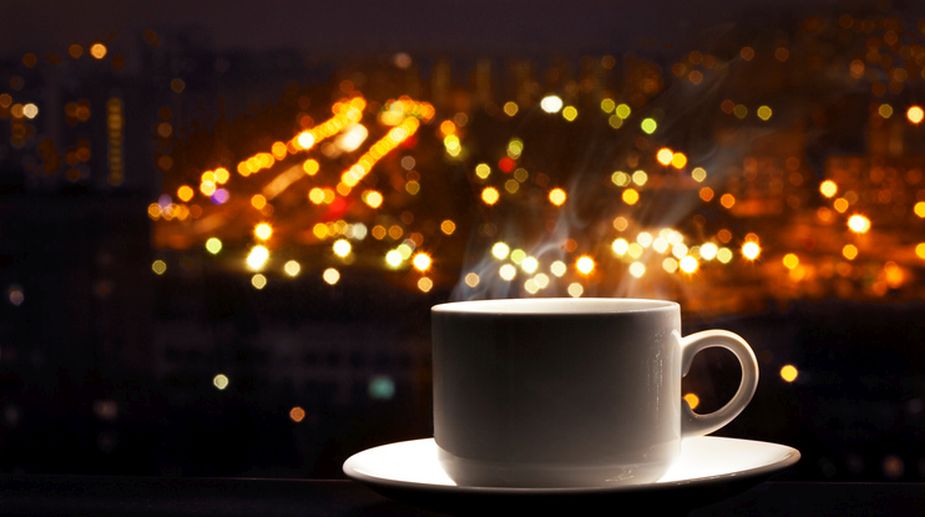I am fond of travelling, especially off the-beaten path. On these trips, although I cherish many moments of solitude, I also enjoy meeting all kinds of people and it would not be wrong to say that without this interaction with the locals and other visitors, my trip would be incomplete.
Whether I am in solitude or being social, sipping a cup of hot chai is a must for me. I’ve had tea in some of the remotest parts of Pakistan with different versions of chai, such as chai made with goat milk in the desert of Tharparkar, chai with salt in the mountains of Himalayas and Karakoram, chai with too much sugar in the northwest of Sindh and chai without milk (black tea) in the Deosai Plains.
Advertisement
My connection with chai started with a family tradition back in my childhood. It was a daily ritual to have tea every evening. That was the time when everyone would gather together for chitchat, and the family would interact. As I grew up, the tradition of chai sittings extended to meeting friends over chai, though later, as I began travelling, it got limited to either having tea on my own or with the people that I met there.
Tea is not an integral part of our culture — from north to south and east to west. Most of the time, I mostly did not have to buy the cup of tea on my travels but it was offered by the locals as part of their hospitality. Most of my encounters with people were very raw.
In the middle of nowhere, I come across people who don’t have a clue who I am or where I belonged to, yet they opened their arms for me. Since most of my travels are solo, in order to socialise a bit, I have tea at various places, sit, relax, think and reflect. Sip after sip.
Each experience has a different story. One winter I spent a night at the shrine of Shah Abdul Latif Bhitai in Bhitshah.
The fakirs were singing Bhitai’s poetry. In order to stay awake, they have chai every hour as they play. One of the fakirs saw me sitting in the front listening to them, and offered me a cup of tea. For them, it was a small gesture to say thank you for listening to them. I felt connected.
On a 45-minute flight from Islamabad to Skardu, I was flying above some of the highest mountains in the world, over the Himalayas, flying next to Nanga Parbat, the ninth highest mountain on earth.
On that flight, the cup of tea I had was good company to share the view with in solitude. But it was not until the early 20th century that the British started marketing campaigns and tea stalls were set up in different work places controlled by the company, including railways stations, factories, mines, etc. where workers were allowed tea breaks.
On main railway stations and junctions, vendors were assigned to offer free hot chai to passengers and workers commuting from one point to another. That is how tea became popular with the masses in parts of the world where the British ruled.
It was much later in life that I discovered that the British introduced tea in the subcontinent in the early 19th century when tea cultivation began in Assam. Initially, tea produced by the British East India Company in the subcontinent was only for the market in the West, and later the company saw a good opportunity to expand its market within the region. In 1881, the Tea Association of India was formed by the East India Company to expand tea business in British-ruled India (present-day India, Pakistan and Bangladesh).
But it was not until the early 20th century that the British started marketing campaigns and tea stalls were set up in different work places controlled by the company, including railways stations, factories, mines, etc. where workers were allowed tea breaks.
On main railway stations and junctions, vendors were assigned to offer free hot chai to passengers and workers commuting from one point to another. That is how tea became popular with the masses in parts of the world where the British ruled. Prior to that only herbal tea was consumed in India. Ironic then how often we refer to tea as ‘our culture.’
Dawn/ ANN











